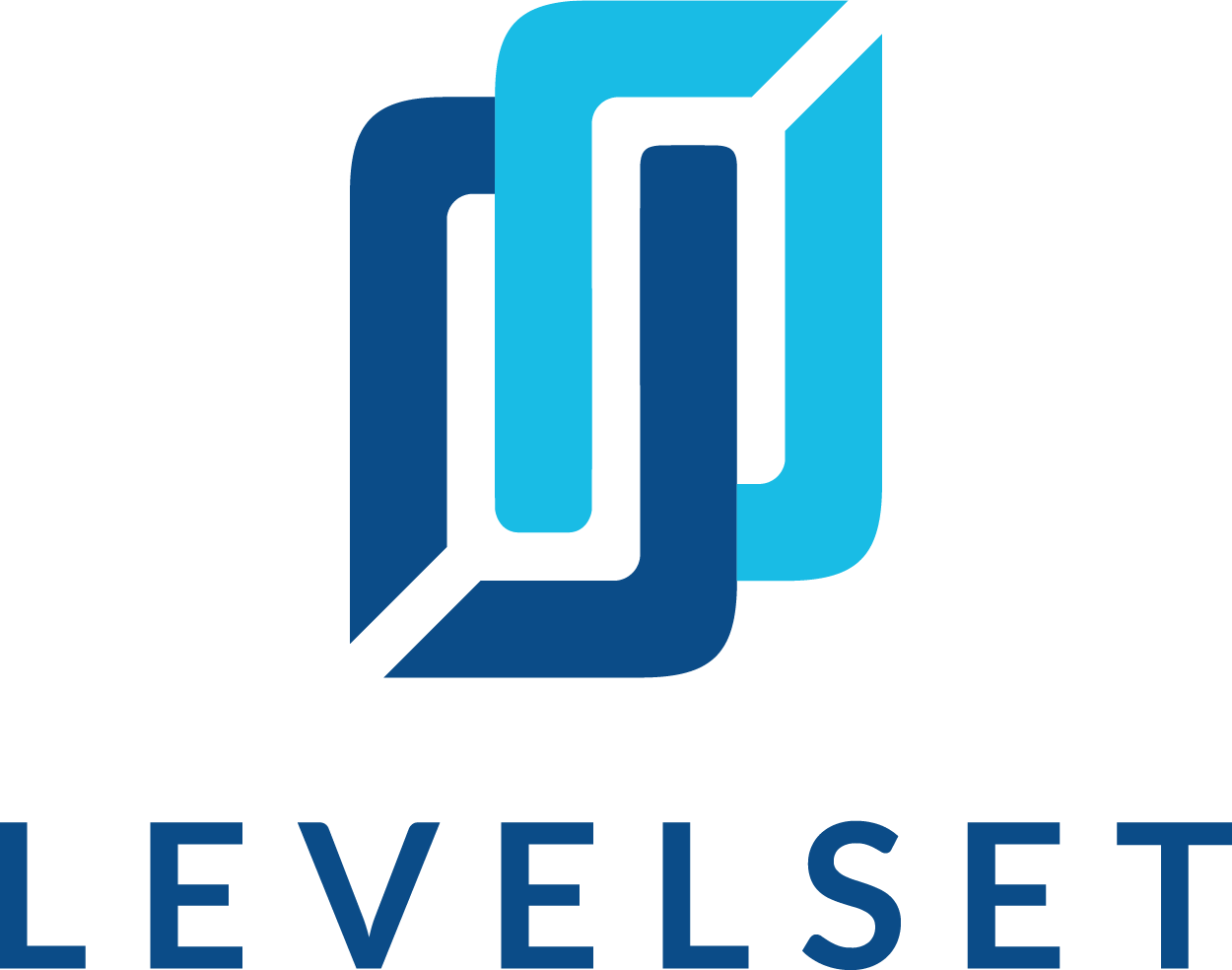
Everybody in the construction industry hates liens, and many industry folks aren’t so crazy about exchanging lien waivers, either! Don’t get me wrong – owners and GC’s probably love a good lien waiver in-hand, and parties down the chain love getting paid.
Still, the process of exchanging waivers can sometimes become a rather clumsy dance between all of the parties on a construction project.
Keeping that in mind, let’s look at New York’s Conditional Lien Waiver for a Progress Payment (also known as a “partial” payment) and see if we can help straighten out a little of the confusion around these important documents.
Guide to New York’s Conditional Lien Waiver — Progress Payment
Let’s not get ahead of ourselves…is this even the right form for you?
This waiver is conditional meaning that it is made in anticipation/exchange for payment. Or in other words, getting paid is the “condition.”
If that payment isn’t made, then the lien rights aren’t waived. Further, this is for progress payment(s). When further payment isn’t expected on the project, this might not be the right form – try a final waiver.
Keep in mind: There are 4 different lien waiver forms that may be used in New York State, depending on the situation. For help with the four different types of lien waivers, you should download this guide.
How to Fill Out the New York Conditional Lien Waiver — Progress Payment Form
> Notice. This notice is made to let everyone who encounters the form know exactly what the form intends to accomplish. Since specific waiver forms aren’t required in New York, this notice isn’t required, either. However, promoting clear communication should be a priority on every construction project, and lien waivers are just one more method of communication.
> Name of Claimant. Who’s waiving their lien rights? Be sure to get the name exactly right.
> Name of Customer. Who did the Claimant provide labor or material to? Who hired the Claimant?
> Job Location. Where was work performed or where were materials furnished? This doesn’t necessarily need to be a legal description – but it couldn’t hurt!
> Owner. Who owns the project property? There are a number of variables that could come into play – take a look at our “Owners” description section attached to the New York waiver forms for more information.
> Through Date. This part is important! The party signing this waiver is waiving claims for all work completed on or before the date entered into this field.
> Maker of Check. Who is making the check that this waiver is being exchanged for?
> Amount of Check. You’ve got this one.
> Check Payable To. Who is the check made out to? Who’s receiving payment?
> Exceptions. Exceptions are important! But this field is pretty easy to navigate. This section should be used for amounts that shouldn’t be included in the waiver – like retainage amounts or potentially pending change orders. Be careful with this section.
> Claimant’s Signature. This is where the party waiving lien rights will sign.
> Claimant’s Title. What is the title of the party signing on behalf of the Claimant?
> Date of Signature. You’ve got this one.
Free Template Download:
New York Conditional Lien Waiver for a Progress Payment
Conclusion
REMEMBER — If you are unsure which of the 4 possible lien waiver forms you should use, then you should use this form, the Conditional Waiver and Release on Progress Payment form. It is the safest choice of the four.


